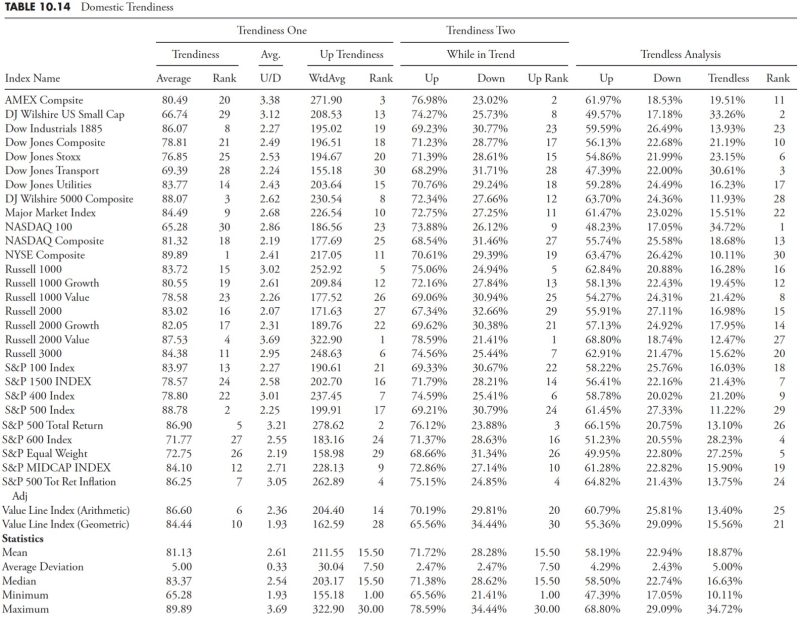The Continuation of Trend Analysis in Market Research
Trend analysis is the process of comparing business data over a period of time to identify any consistent patterns or trends. In the context of market research, analysis of these trends is critical in making strategic decisions, gaering market trends, and for forecasting future changes in the marketplace. In our previous discussions, we have set the foundation for understanding trend analysis methodologies. Continuing from where we left, this article delves deeper into the nuances of trend analysis in market research and analysis. It discusses the practicality of trend analysis, its application in forecasting, and touches on potential pitfalls to avoid.
Practicality of Trend Analysis
Trend analysis isn’t theoretical; it’s a practical method used by businesses to create strategies or improve existing ones based on historical data. It’s used in evaluating the viability of a new product, conducting a competition analysis, understanding client churn rates, or predicting future revenue. Trend analysis also plays a crucial role in planning marketing strategies by understanding the changes in consumer behavior over time, thus helping businesses align their products and services to the evolving market needs.
Forecasting using Trend Analysis
Trend analysis is an invaluable tool for forecasting future market behavior based on past and present data. It uses statistical techniques to predict future scenarios. For instance, when forecasting sales growth, historical sales data will be reviewed to identify trends in the growth rate. If the growth rate has been steadily increasing, it may be assumed this trend will continue into the future. Similarly, the future costs can be estimated by evaluating the past trend in cost changes.
More complex trend analysis techniques include moving averages and exponential smoothing which uses weighted averages to make forecasts more responsive to changes in recent data. When combined with other types of data analysis, businesses can create powerful predictive models that offer valuable insights into the future.
Potential Pitfalls to Avoid
As reliable as trend analysis can be, it is not without its limitations. Trend forecasts rely heavily on the assumption that future trends will mirror past behavior. This can be problematic if there are drastic changes in the market conditions, technological advancements or shifts in consumer behavior, among others. For this reason, it is vital that businesses remain aware of the cyclical and often unpredictable nature of markets.
Furthermore, the quality of the forecasts depends on the quality of the data and the period it covers. If the data is inaccurate or doesn’t cover a representative period, the results of the trend analysis may be skewed. Some trends are also seasonal and these must






























